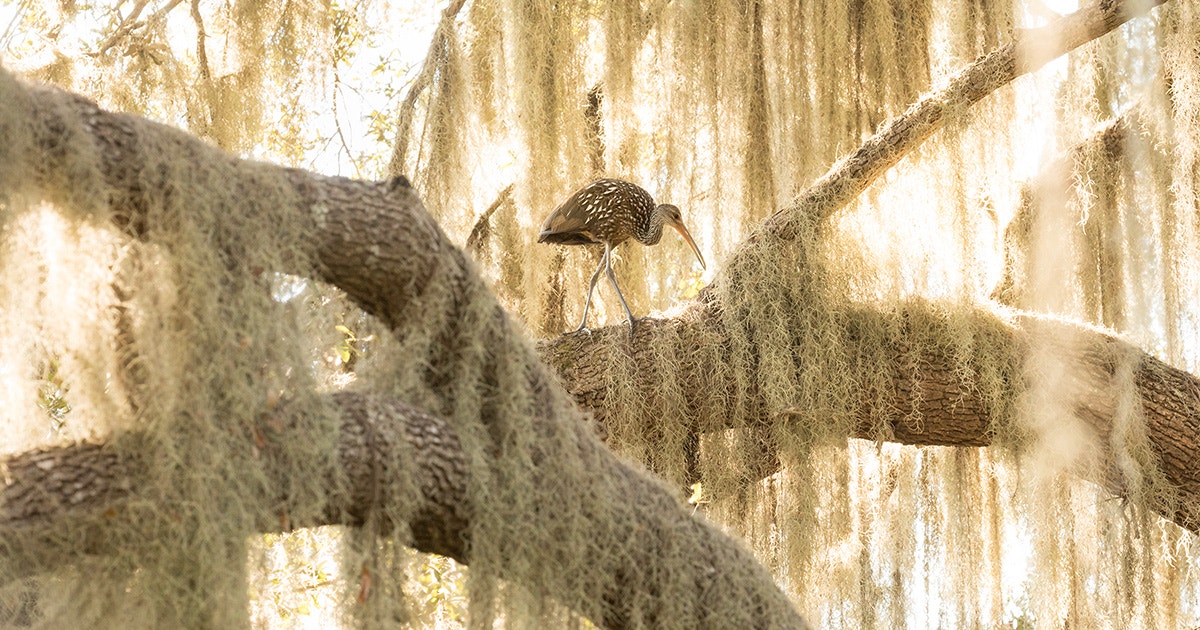When I was starting out as a photographer, all the professionals I knew lugged around lenses that cost five-figures that allowed them to take incredible close-ups. I couldn’t take on debt and buying a lens longer than 100mm was not an option, so I had to enter the photography scene through another door. I constantly engineered ways of getting close to animals without disturbing them using custom camera hides and cheap after-market devices like intervalometers and radio triggers, which cost one-one-hundredth the price.
We all want the full-frame portrait of a bird to add to our archive. The compulsion to collect is universal. Fine, do it, but what I also discovered while nestling into my newly found niche was that, besides the frugal practicality, there was an elegance, beauty, and importance of landscape-scale imagery made in the 16mm to 85mm focal lengths. These images don’t always fill the frame with the protagonist, rather they aim to tell stories about their habitat, about the places that define their behavior, and the environments that shape their character.
It can feel daunting, and may take rewiring your brain a bit. But it is also freeing to experiment with more complex images. They might not work out, but if they do, they will reveal deeper truths about how that animal lives. Here are some simple tips that will help elevate your craft.
Don’t even bring a telephoto lens. Sometimes you need to eliminate the temptation to let your creativity take the wheel. A good practice to inspire creative composition and force new vision is to take a fixed focal length lens with you when you photograph wildlife. Some of my favorite images have been made when limiting myself to the “nifty fifty” (50mm).
Think like a landscape photographer. Let the landscape share the load of the image. Seek to incorporate an engaging foreground, midground, and background, with the bird accentuating one of these realms.
Pay attention to composition. Before I trigger the shutter, I like to ask myself: “Is this image distinct?” And if it’s not, “What can I do to make it new?” Usually, the answer to the latter is tied to three things: behavior, composition, and light. You can wait for hours or days for behavior and light to improve, but you can get immediate results by changing your composition. For example, physically get lower and allow the subject to appear bigger in the frame, step to the side and utilize peripheral vegetation to frame the bird, or let the animal go partially out of the frame. Sometimes using a tripod really helps to slow me down enough to pay close attention to the composition and the edges of the frame.
Minimize distractions. This is the hard part. The wider your angle of view, the more deliberate you have to be to make sure everything else in the frame compliments the subject. When you zoom out, it becomes easier to introduce non-essential or distracting elements into your composition, such as uneven lighting caused by overexposed hot spots from the sun, other animals competing for attention, or obstructing branches. The easiest way to avoid solar hot spots hitting waxy leaves or dappling the water is to plan to work in early or late afternoon light. Sometimes the background or other elements in the frame are too distracting and you’ll either need to wait until they add to the scene or move to a new vantage point to eliminate them.
Learn about your subject. Getting to know a species or specific individual’s habits, movements, and behavior can help show how it’s a meaningful part of a landscape. You’ll become more deliberate about where and when you go photograph, and be able to seek out more precise locations or circumstances.
Let your backyard inspire you. Birds are everywhere, yet I have seen very few creative takes on more common species like the Carolina Wren, American Crow, or Canada Goose. An image, no matter what it is, becomes striking and exciting when a photographer takes the time and thought to show us something new. It’s also easier to learn about your subject if you stick closer to home.
Set high goals. Be more ambitious and creative with what you want to achieve, and it will pay off. While boating on a river in Florida, for example, I saw a cormorant sunning on a half-submerged log in clear water. The easy thing to do was to photograph it with a telephoto lens, but I already have plenty of those images. Instead, I grabbed my underwater housing, approached slowly while keeping a safe distance, and attempted an improbable photo to create something unique. If I had stayed on the boat with a long lens, I would have never discovered the potential of this scene.
Remember, the things you’ve seen and the ideas they inspire are uniquely yours; if acknowledged and employed, they manifest into the brushstrokes that distinguish your art.

